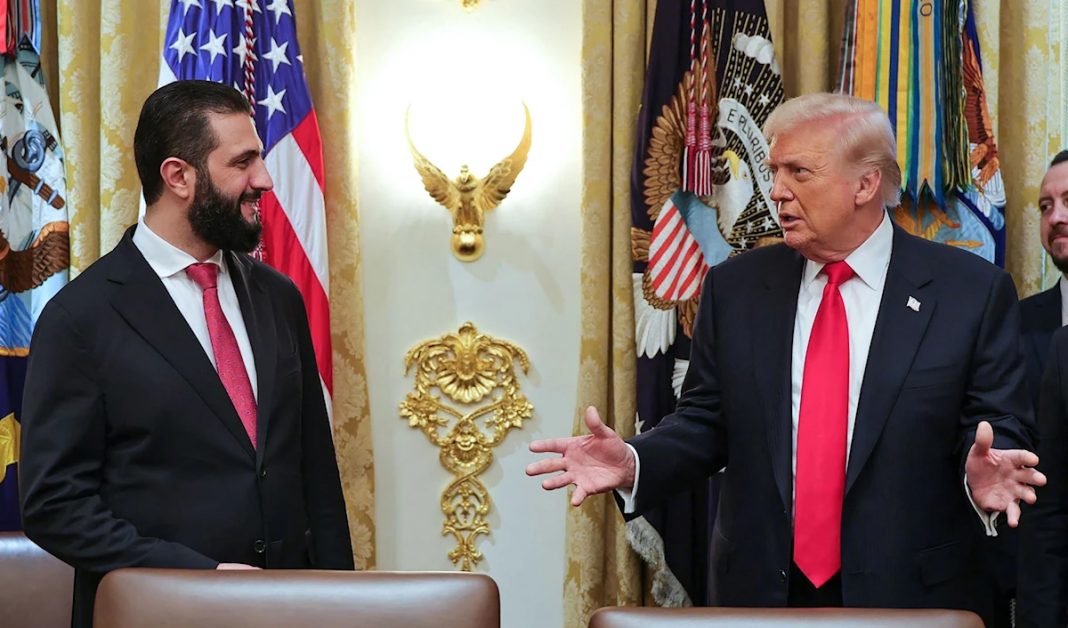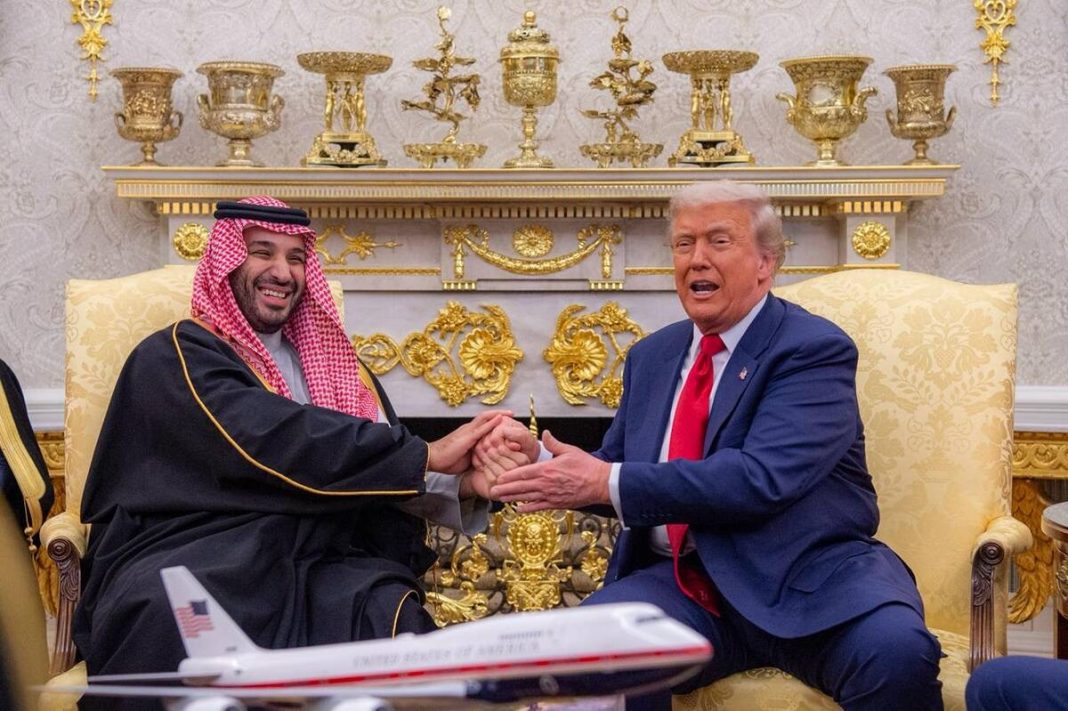Gabriel G. Tabarani
China’s steadily expanding presence in the Maghreb is no longer a diplomatic footnote or an economic curiosity. It is a defining feature of North Africa’s geopolitical reality. Yet the true significance of this moment becomes clear only when we contrast today’s dynamics with the picture drawn just two years ago. In 2023, Beijing’s role in the Maghreb was described as promising but uneven—a relationship marked by trade imbalances, limited investment, and a public image caught between admiration and suspicion. Today, based on the most recent developments, China’s approach looks fuller, more confident, and far more deeply rooted. The Maghreb has shifted from being an emerging arena of competition to a crucial pillar of China’s bid for global influence.
Two years ago, analysts emphasized that China’s engagement with the region remained structurally unequal. While Chinese construction companies swept up major infrastructure contracts—from highways to airports—the share of true Chinese investment remained small. Trade reproduced familiar patterns: China exporting electronics and machinery while importing North African oil, phosphates, and agricultural goods. The arrangement benefited Maghreb consumers who enjoyed low-cost imports, but it also exposed local industries to overwhelming competition and raised concerns about sovereignty and dependence. The image of China was similarly mixed: admired for its development successes, yet criticized for labor practices, authoritarian governance, and an increasingly assertive global posture.
Fast forward to today, and the tone has changed. The Maghreb is now firmly integrated into China’s broader push for multipolarity, connectivity, and resilience in global supply lines. The economic ties remain uneven, but Beijing has managed to translate its earlier commercial foothold into political depth, security partnerships, and long-term strategic influence.
Nowhere is this more evident than in Algeria. What was once a historically rooted friendship has transformed into one of North Africa’s most consequential bilateral partnerships. The scale of cooperation revealed over the past year is remarkable: billions of dollars in new investments, expansive infrastructure projects including railways and renewable energy grids, and a deepening military relationship that now features advanced Chinese drones, missile systems, and naval technology. Algeria has become not simply a partner, but the linchpin of China’s strategy in the western Mediterranean. The country’s embrace of Beijing’s global initiatives—from development to security—suggests a long-term realignment that would have seemed ambitious even a decade ago.
Morocco presents a different, but equally telling, story. Once cautious and incremental in its dealings with China, Rabat now features prominently in Beijing’s economic ambitions. Projects that stalled for years, such as the Tangier Tech City, have been revived. Chinese firms are now embedded in Morocco’s renewable energy sector, high-speed rail plans, and booming automotive ecosystem. Rabat, with its longstanding Atlantic, Mediterranean, and Gulf ties, is playing a more subtle game than Algiers: embracing China’s economic power while insisting on a balance that keeps Western partnerships intact. Beijing’s neutrality on the Western Sahara issue—a delicate act of diplomacy praised in both analyses—has enabled China to deepen ties without damaging its relationship with Algeria. If Algerian cooperation gives China strategic weight, Moroccan cooperation gives it strategic flexibility.
Tunisia, meanwhile, has moved from tentative engagement to a more formalized partnership with Beijing, even as the underlying economic caution remains. The country’s struggles—fiscal stress, investor uncertainty, and a political climate drifting toward greater authoritarianism—make Chinese non-interference especially attractive. Yet, despite the new Strategic Partnership and ongoing BRI projects, Chinese investments remain limited. Tunisia’s orientation toward European technology and governance norms still constrains the extent of Beijing’s expansion there. And although China has quietly supported Tunisia’s digital infrastructure and satellite cooperation, it has been careful not to challenge the country’s Western security ties.
Libya is the clearest example of China’s long game. In 2023, observers highlighted the rupture caused by the 2011 intervention, when Beijing had to evacuate more than 35,000 nationals and abandon projects worth billions. Today’s picture is different. China has re-entered Libya through careful, parallel diplomacy—engaging both the Tripoli-based government and Haftar’s eastern administration, preserving space for future investments once the political situation stabilizes. The new Strategic Partnership signed in 2024 and the revival of discussions on infrastructure and oil cooperation are signs that Beijing sees Libya not as a risk, but as a future prize worth waiting for.
What has emerged since 2023 is not just a deeper Chinese presence, but a clearer Chinese purpose. The Maghreb has become a critical link in China’s global chain: a platform for energy diversification, a gateway to European markets, and a proving ground for its development-first, sovereignty-first diplomatic model. Beijing’s ability to remain neutral on regional disputes—particularly the Algeria–Morocco rivalry—has preserved its access to all major capitals. Its soft power remains limited, but its economic and political influence has grown despite that weakness, not because of its cultural appeal.
Yet the asymmetries highlighted two years ago persist. Trade remains unbalanced. Local industries struggle under the weight of Chinese imports. Investment flows are still far below the scale of construction contracts. And the Maghreb’s chronic lack of regional integration gives Beijing enormous leverage in bilateral negotiations. China has mastered the art of dealing with each country separately, offering tailored benefits while maintaining maximum room to maneuver.
This raises the central question for the region: Who truly holds the leverage in this relationship? China may be investing more heavily and acting more strategically, but what limits its influence most is not Western pushback—it is Maghreb fragmentation. A united Maghreb could negotiate with China on more equal terms, attract higher-quality investment, and set clearer conditions for trade and technology partnerships. A divided Maghreb, locked in its own rivalries, can only react to China’s moves rather than shape them.
China’s Maghreb moment has undoubtedly arrived. Whether it becomes a story of shared development or deepened dependency will depend less on Beijing’s strategy—which is now consistent and confidently executed—and more on whether the Maghreb can overcome its divisions long enough to shape its own future.
This article was originally published in Arabic on the Asswak Al-Arab website


